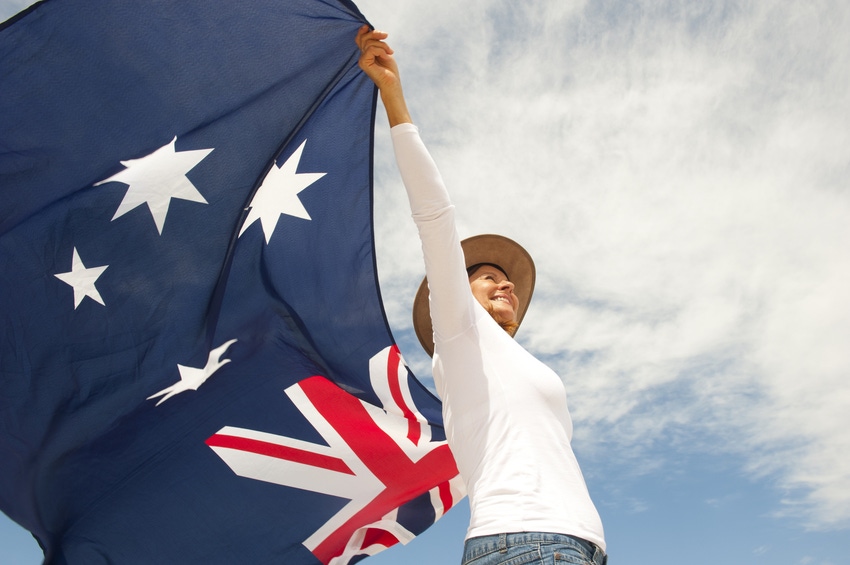Vodafone Australia finally completes merger with TPG
Although regulatory opposition has delayed the transaction, Vodafone Australia and TPG are now officially a single entity, operating under the name TPG Telecom.
July 13, 2020

Although regulatory opposition has delayed the transaction, Vodafone Australia and TPG are now officially a single entity, operating under the name TPG Telecom.
The final step for the transaction, the Scheme of Arrangement, was initiated on June 29 with today being the first official day of the merged operations. Iñaki Berroeta, the CEO of the Vodafone Australia business, will assume the helm of the merged unit which should welcome a new era of competition in Australia.
“When we merge on 13 July, we will become a stronger force in the telecommunications industry as a leading integrated mobile and fixed provider,” Berroeta said after lodging the Scheme of Arrangements with the Australian courts last month.
“Customers won’t notice a difference in their day-to-day experience, and we look forward to delivering the competitive benefits of the merger to consumers.”
How much of an impact this has on competition in the Australian market remains to be seen. The country already has some of the lowest prices for a GB of data worldwide, but if the merged entity is to realise value for the transaction it will have to produce some sort of disruption.
Average price per GB data (2019) – Cable.co.uk
Country | Price (USD – $) | Global rank |
|---|---|---|
Australia | 0.68 | 16 |
USA | 8.00 | 188 |
UK | 1.39 | 59 |
France | 0.81 | 30 |
South Africa | 4.30 | 138 |
The purpose of this merger was to create a more competitive entity. With Optus and Telstra both offering converged or bundled connectivity portfolios, there was a risk TPG and Vodafone Australia could shrink to ‘also rans’ due to less comprehensive offers outside the core products.
Theoretically, the combination of Vodafone’s mobile network and TPG’s broadband offering is a sum greater than the value of its parts.
Australian subscriptions, 2019-end (thousands) – Omdia Knowledge Centre
Company | Mobile | Broadband | Pay TV/OTT |
|---|---|---|---|
Optus | 10,521 | 1,278 | 490 |
Telstra | 16,391 | 5,113 | 678 |
Vodafone | 5,744 | — | — |
TPG | — | 1,542 | — |
One area which none of the telcos have really made progress is in the content segment. This could be an opportunity for the newly merged TPG business.
Looking at the market share statistics, Australian consumers seem to be much more interested in traditional Pay TV service providers and OTT offerings than buying content off the telcos, but this does present the opportunity to create an aggregated content platform. This is a much more risk adverse proposition, leaning on the core competencies of the telecoms industry; delivering value through networks as efficiently as possible.
Australian content subscribers, 2019-end (thousands) – Omdia Knowledge Centre
Provider | Service | Subscribers |
|---|---|---|
DTT Australia | Free TV | 8,799 |
Foxtel | Pay TV | 3,017 |
Amazon Australia | OTT | 519 |
Apple TV+ | OTT | 91 |
Foxtel Now | OTT | 520 |
Netflix | OTT | 4,165 |
Kayo | OTT | 385 |
Live Pass | OTT | 320 |
In various other markets, the UK for example, Vodafone has added value for customers by offering the opportunity to bundle content services in with connectivity payments. It has partnered with the likes of Netflix, Sky and Amazon to add a content element to the subscription plans, but also aiding the content players with customer acquisition.
The content aggregation strategy is a successful one which has worked for numerous telcos around the world, allowing the partners to concentrate on what makes them successful. The telcos don’t have to worry about the complicated world of content sourcing and creation, while the OTT service providers can largely forget about delivering the content to the customer.
The merged TPG business will still lag behind Optus and Telstra in the market share rankings, but a converged offer will enable it to be more competitive. And should it make the right moves in the content segment, it could lodge a disruptive challenge.
One question which will now never be answered is whether a fourth mobile player would have emerged organically. This was the argument of the Australian Competition and Consumer Commission (ACCC).
In its regulatory and legal opposition to the merger, the ACCC said TPG was in the process of building its own 5G network, therefore the merger would kill off a converged player in the market. This is a valid argument, though TPG was always planning on deploying a mobile network with Huawei, a vendor which was banned in the country in August 2018.
“It is extremely disappointing that the clear strategy the company had to become a mobile network operator at the forefront of 5G has been undone by factors outside of TPG’s control,” said David Teoh, Executive Chairman of TPG.
The courts seemingly agreed with TPG in reversing the ACCC block of the merger. Without Huawei, Australia was not going to get a fourth mobile and for the evolution of a competitive market, three converged players is a better position than a two-tiered connectivity market.
Get the latest news straight to your inbox. Register for the newsletter now
About the Author(s)
You May Also Like











_1.jpg?width=300&auto=webp&quality=80&disable=upscale)


.png?width=800&auto=webp&quality=80&disable=upscale)